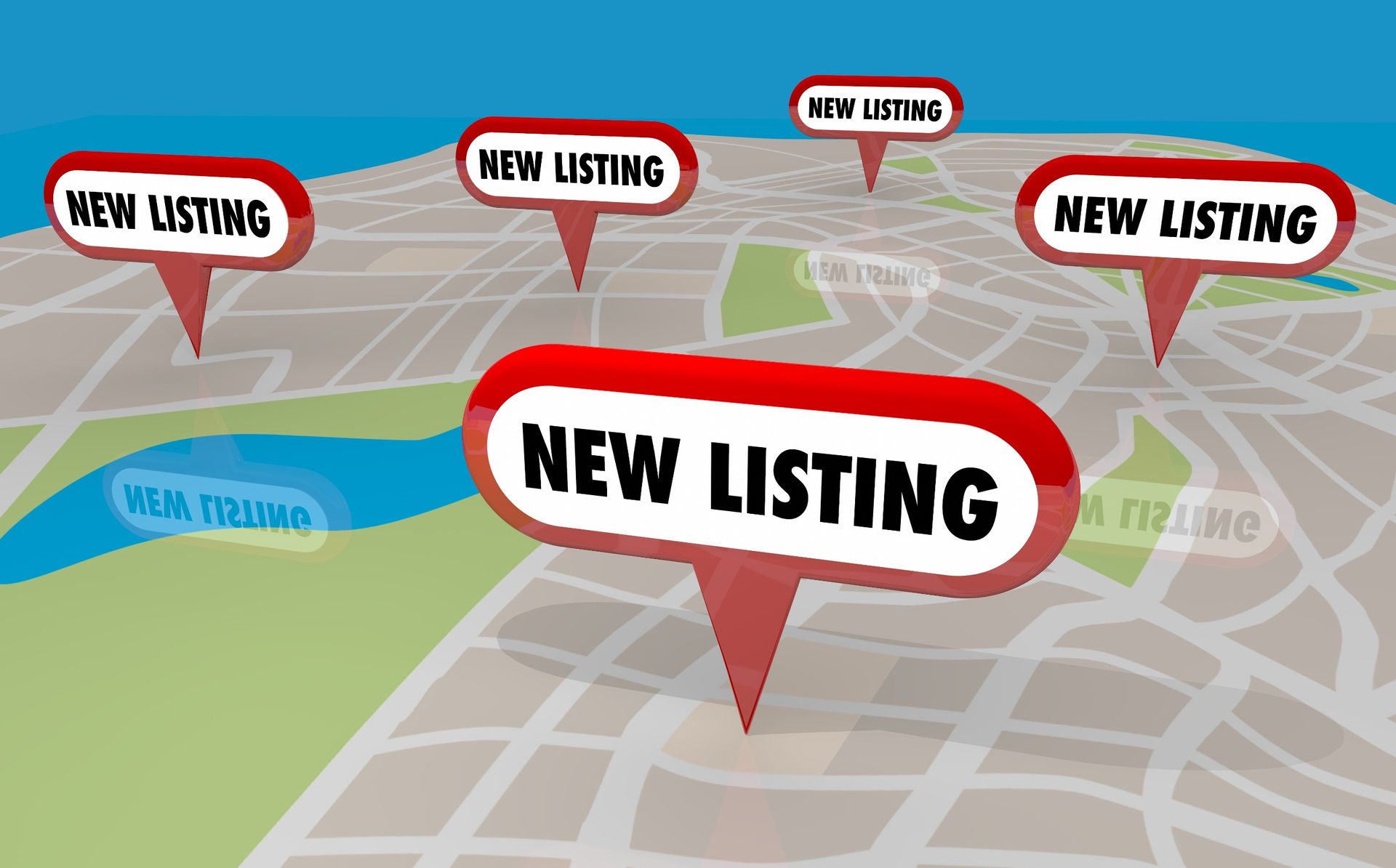Mastering Social Media Strategy in 9 Essential Steps
For businesses struggling to stand out, social media isn't just a tool—it's a powerful platform to connect with their audience, build brand loyalty, and drive growth. But how do you go from sporadic posts to a focused and effective social media strategy? This guide will walk you through the essential steps to create a social media strategy that brings results.
Step 1: Define Your Goals
Setting SMART Goals
The first step in creating a social media strategy is to define your goals. Use the SMART framework—Specific, Measurable, Achievable, Relevant, and Time-bound. For example, instead of saying "increase followers," aim for "gain 1,000 new Instagram followers in three months."
Prioritizing Your Objectives
Identify which goals are most important to your business. Prioritize these objectives to ensure your efforts are focused and effective. This might include goals like increasing brand awareness, generating leads, or improving customer engagement.
Measuring Success
Determine how you will measure the success of your goals. Metrics such as engagement rates, click-through rates, and conversion rates can provide valuable insights into the effectiveness of your strategy.
Step 2: Know Your Audience
Conducting Audience Research
Understanding your audience is key to creating relevant content. Use tools like Google Analytics, social media insights, and surveys to gather data on your audience's demographics, interests, and online behavior.
Creating Audience Personas
Develop detailed personas that represent your ideal customers. These personas should include information like age, gender, location, interests, and pain points. This helps you tailor your content to meet the needs and preferences of your audience.
Segmenting Your Audience
Segment your audience into different groups based on their characteristics and behaviors. This allows you to create targeted content that resonates with each group, increasing engagement and conversion rates.
Step 3: Choose the Right Platforms
Evaluating Platform Suitability
Not all social media platforms are created equal. Evaluate which platforms are most suitable for your business based on your audience's preferences and your content type. For instance, Instagram is great for visual content, while LinkedIn is ideal for B2B marketing.
Focusing on Quality Over Quantity
It's better to excel on a few platforms than to spread yourself too thin. Focus your efforts on the platforms where your audience is most active and where you can deliver the highest quality content.
Leveraging Platform Features
Each social media platform offers unique features that can enhance your strategy. For example, Instagram Stories, Facebook Groups, and LinkedIn Articles can help you connect with your audience in different ways.
Step 4: Develop Your Content Strategy
Creating a Content Calendar
A content calendar helps you plan and organize your posts in advance. This ensures consistency and allows you to align your content with important dates, events, or campaigns.
Crafting Engaging Content
Your content should be engaging, informative, and relevant to your audience. Use a mix of formats, such as articles, infographics, videos, and stories, to keep your audience interested and engaged.
Balancing Promotional and Value Content
Aim for a balance between promotional content and value-driven content. While promoting your products or services is important, providing value through educational or entertaining content will build trust and loyalty with your audience.
Step 5: Implementing Your Strategy
Scheduling Posts
Use social media management tools like Hootsuite, Buffer, or Sprout Social to schedule your posts in advance. This saves time and ensures your content is posted at optimal times for engagement.
Monitoring Engagement
Keep an eye on your posts' performance by monitoring likes, comments, shares, and other engagement metrics. This helps you understand what content resonates with your audience and allows you to adjust your strategy accordingly.
Responding to Interactions
Engage with your audience by responding to comments, messages, and mentions. This builds a sense of community and shows that you value your followers' input and feedback.
Step 6: Analyze Your Performance
Tracking Key Metrics
Regularly track key metrics such as reach, engagement, and conversion rates. Use analytics tools provided by social media platforms and third-party services to gather data and insights.
Identifying Trends and Patterns
Analyze the data to identify trends and patterns in your audience's behavior. This can help you understand what types of content perform best and when your audience is most active.
Adjusting Your Strategy
Based on your analysis, make adjustments to your strategy to improve performance. This might include changing your posting schedule, experimenting with new content formats, or targeting different segments of your audience.
Step 7: Stay Updated with Trends
Following Industry Leaders
Stay updated with the latest trends by following industry leaders and influencers. This helps you stay ahead of the curve and incorporate new ideas and strategies into your plan.
Participating in Webinars and Workshops
Participate in webinars and workshops to learn from experts and network with other professionals. This can provide valuable insights and inspiration for your social media strategy.
Adapting to Changes
Social media is constantly evolving, so it's important to be flexible and adapt to changes. Keep an eye on new features, algorithm updates, and emerging platforms to stay relevant.
Step 8: Foster a Community
Encouraging User-Generated Content
Encourage your followers to create and share content related to your brand. User-generated content builds trust and authenticity, and it also provides you with additional content to share.
Hosting Contests and Giveaways
Host contests and giveaways to engage your audience and attract new followers. These activities create excitement and encourage participation, boosting your brand's visibility.
Building Relationships
Build relationships with your audience by engaging with them regularly. Show appreciation for their support and create a sense of community around your brand.
Step 9: Evaluate and Refine
Conducting Regular Audits
Conduct regular audits of your social media strategy to evaluate its effectiveness. This involves reviewing your goals, content, and performance metrics to identify areas for improvement.
Seeking Feedback
Seek feedback from your audience and team members to gain different perspectives. This can provide valuable insights and help you make informed decisions about your strategy.
Continuous Improvement
Social media strategy is not a one-time effort but a continuous process. Continuously refine your strategy based on your findings and stay committed to improving your social media presence.
Take Your Social Media Strategy To The Next Level With Whale Traffic
Creating a successful social media strategy requires careful planning, execution, and continuous improvement. Remember, the key to success is understanding your audience, staying updated with trends, and being flexible in adapting to changes.
Ready to take your social media strategy to the next level? Contact us today to learn how we can help your business utilize the transformative potential of social media.










